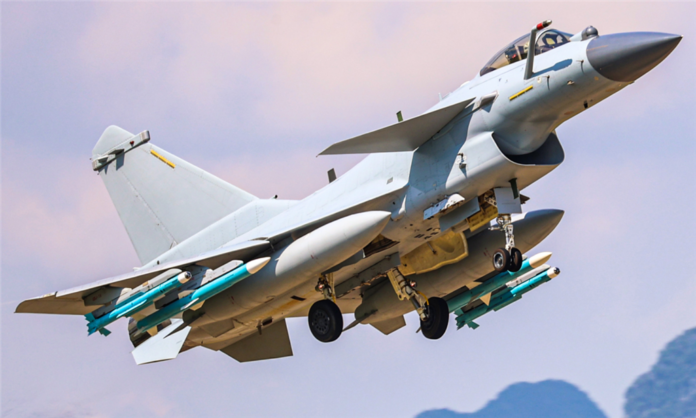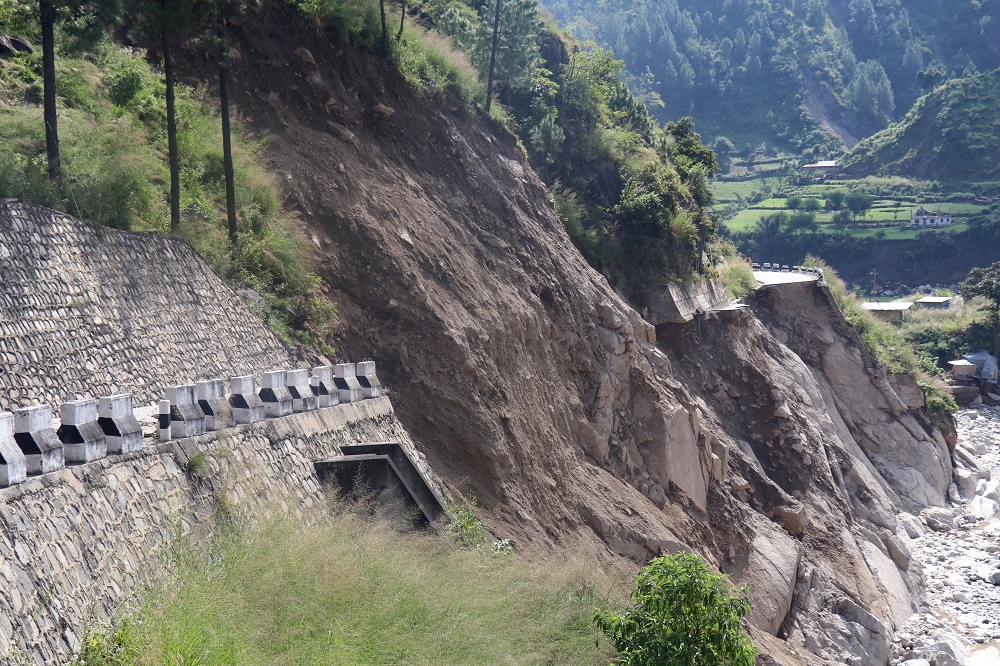Banks and financial institutions have utilized the Standing Deposit Facility (SDF) to a greater extent than their loan disbursements. According to Nepal Rastra Bank, as of August 27, the total investment of banks under the SDF reached Rs 5188 billion.
Nepal Rastra Bank introduced the Standing Deposit Facility in February of the last fiscal year to make the implementation of the interest rate corridor more effective. Through this facility, banks and financial institutions can deposit excess liquidity with the central bank and earn interest. The current interest rate for this facility is 3 percent.
In the first five months of the previous year, banks used a total of Rs 3522 billion under the Standing Deposit Facility. However, in just one and a half months of the current year, the utilization of the SDF has surged by 49.22 percent compared to the same period last year.
Nepal Rastra Bank spokesperson Ramu Paudel stated that the increase in liquidity within the financial system has led to larger sums being deposited with the central bank. "A large amount of money is being deposited in the central bank under the Standing Deposit Facility," he explained. "It appears that banks are reluctant to take on the risk of increasing loans."
He further mentioned that banks see an opportunity to invest in the SDF because the interest rate provided by the central bank is attractive, especially as deposit interest rates decrease.
According to the regulations and procedures related to open market operations, banks are offered the SDF every Sunday and Wednesday, with the facility available twice a week. As liquidity management has been challenging despite these provisions, the central bank is now collecting deposits on a daily basis. To qualify for the Standing Deposit Facility, banks must maintain a capital adequacy ratio of at least 50 percent of the minimum requirement set by Nepal Rastra Bank, and there must be no adverse actions or declarations against them by the central bank.
Eligible banks can apply for a minimum deposit of more than Rs 2 billion. If the amount exceeds this, it must be in increments of Rs 500 million. Although funds deposited through the SDF cannot be counted towards the Cash Reserve Ratio (CRR), they can be included in the Statutory Liquidity Ratio (SLR) and net liquid asset ratio.
The Standing Deposit Facility is available after a self-declaration by banks, confirming that there are no outstanding liabilities for interbank repurchase agreements, the daily loan-deposit ratio, and net liquid assets for the last 30 days are within specified limits, and that the minimum interest rate on all types of domestic currency savings deposits is not lower than the SDF interest rate. If a bank is found to have used the facility based on false self-declarations, there is a provision to recover the interest paid and impose penalties at the bank rate.
In addition to the SDF, Nepal Rastra Bank is also managing liquidity through the Deposit Collection Facility. This tool has collected Rs 2088 billion in the current year, of which Rs 121 billion is yet to mature. According to the 'Interest Rate Corridor Procedure, 2076,' the upper limit of the bank rate and the lower limit of the deposit collection rate are set to keep the interbank interest rate within this corridor. The central bank employs various monetary instruments to manage liquidity flow and settlement within these limits.
As of last Tuesday, banks had collected deposits totaling Rs 6453 billion and provided loans amounting to Rs 5188 billion. On the same day, the average loan-deposit ratio (CD ratio) of banks was 79.04 percent, while the average interbank interest rate remained at 3 percent.












